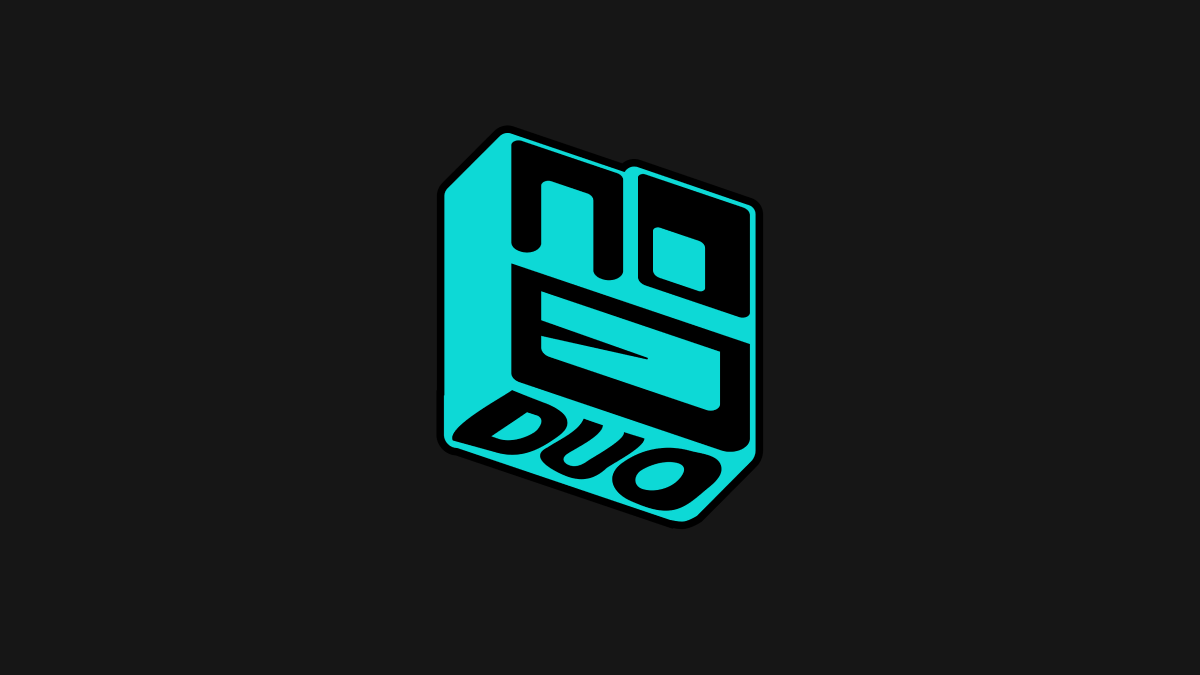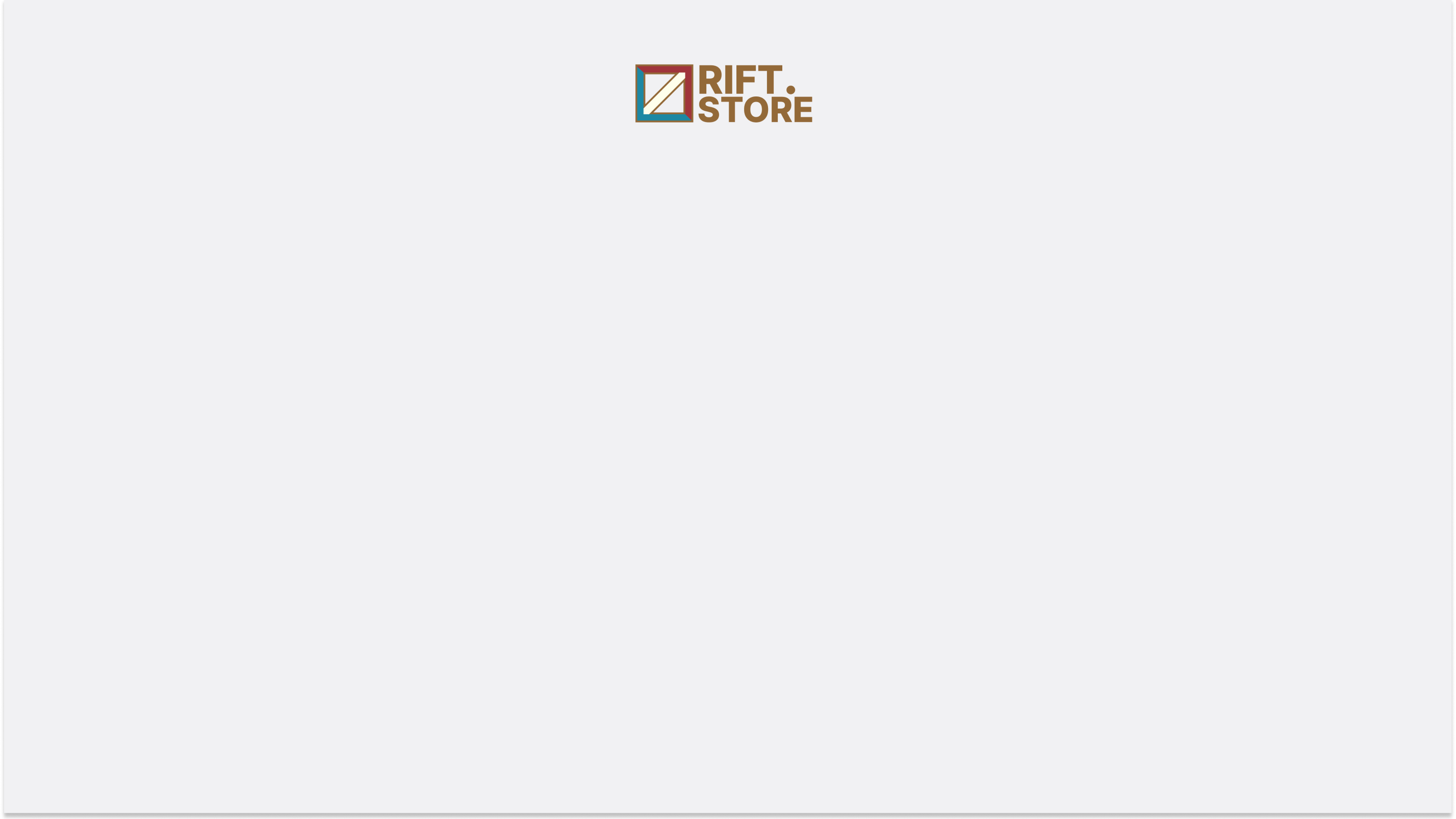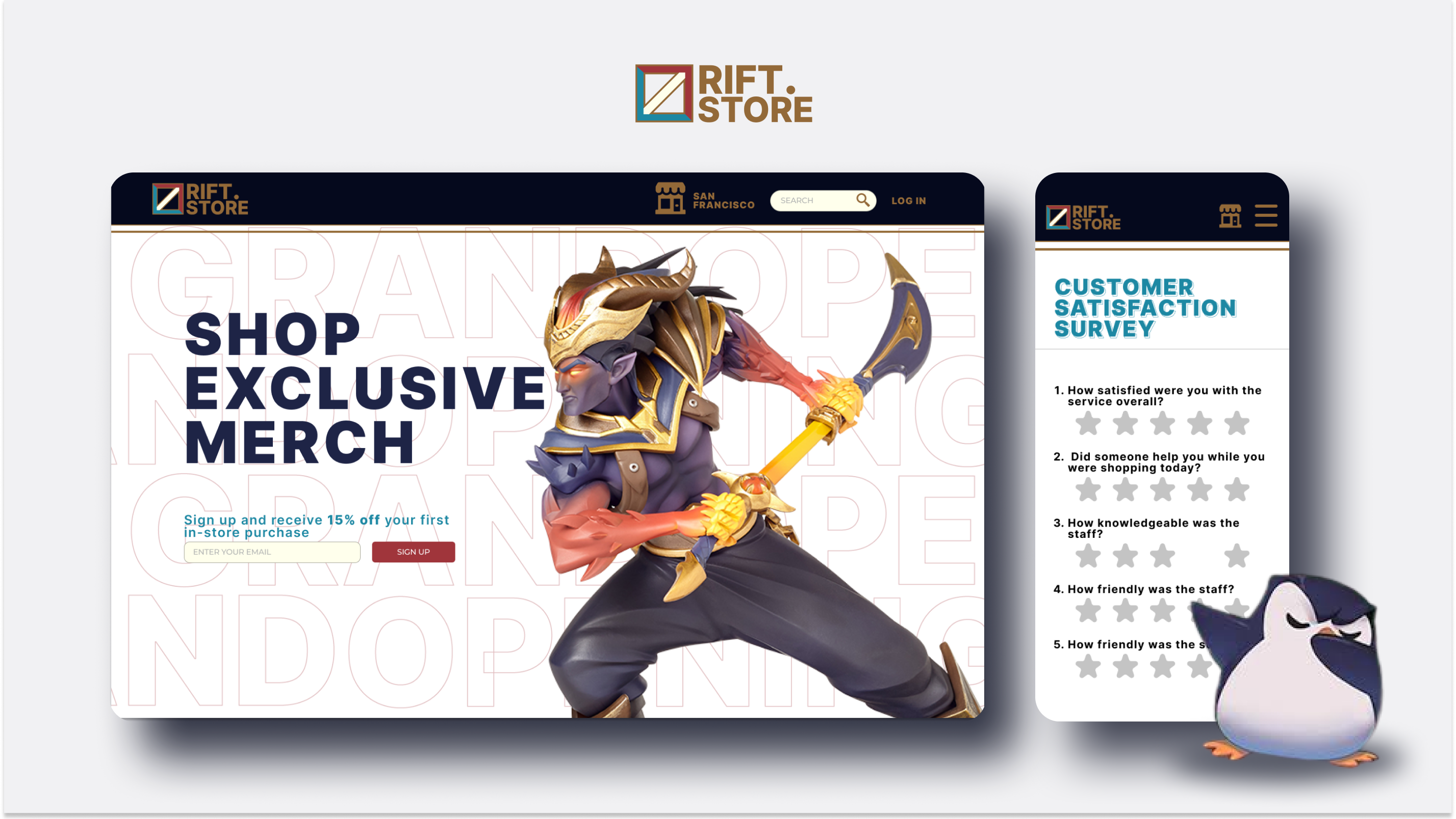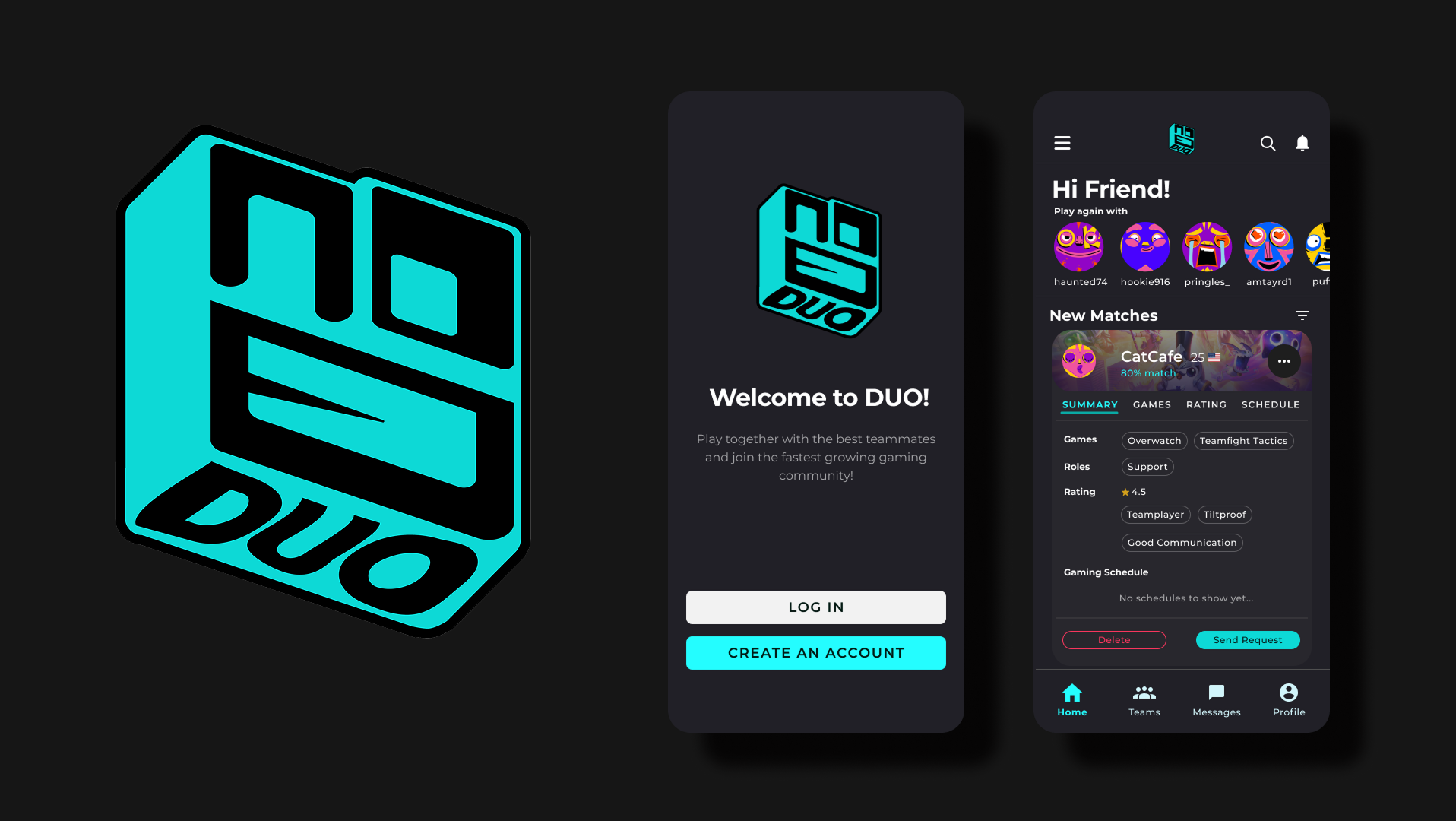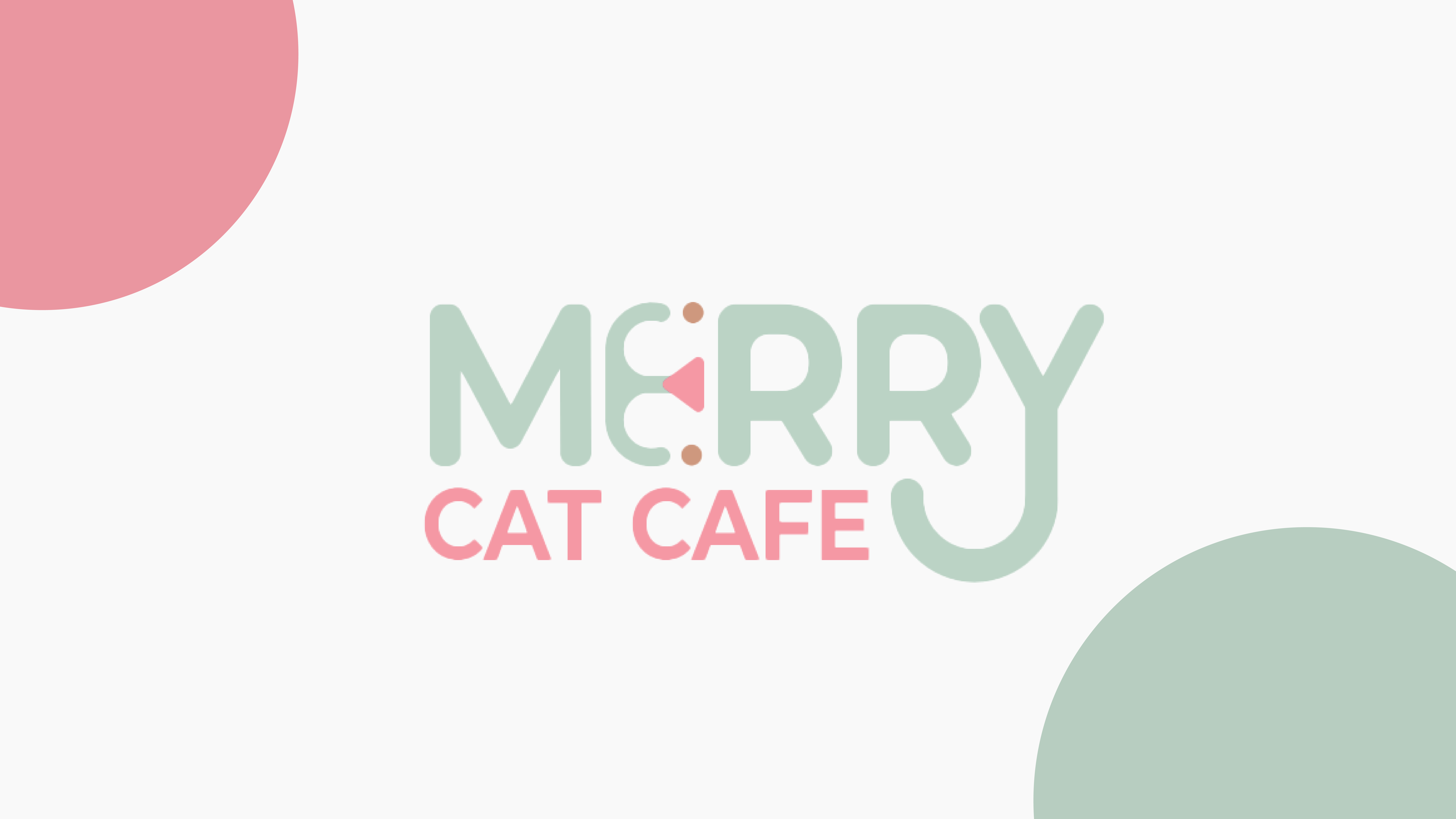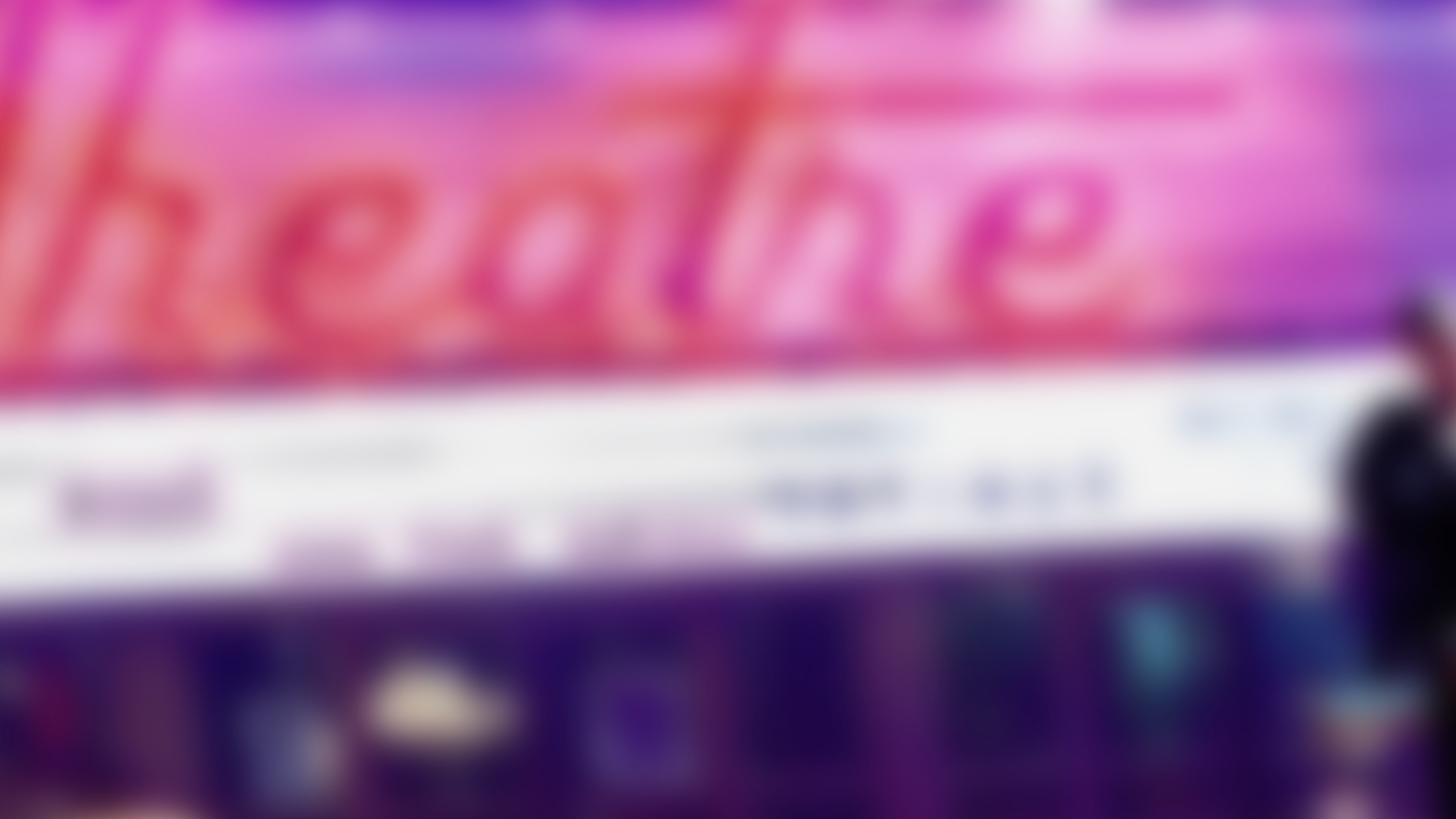Project Overview
The LA Zoo, short for the Los Angeles Zoo, is a popular zoological park and botanical garden in Los Angeles, California, where visitors can see a wide variety of animals from around the world and enjoy educational and conservation-focused programs. It serves as a hub for wildlife conservation efforts and is a beloved attraction in the city. The LA Zoo needs to improve its in-person experience, visuals, and social media presence to boost brand awareness and become a top attraction. We redesigned the website and mobile site with a cohesive design system and conducted user testing to create a memorable brand identity that sets the zoo apart. The result is a website that meets user needs and elevates the zoo's brand identity.
My RoleAs a UX Designer on the LA Zoo redesign project, I focused on applying a cohesive design system and conducting user testing for iterative improvements. I integrated a well-defined design system into the website redesign, ensuring that design elements remained consistent and visually appealing. With my classmates' help, we aligned the design system with user preferences and industry best practices. I also spearheaded the user testing phase, creating interactive experiences to gather valuable feedback. Through collaboration and feedback, we created a website that met user needs and elevated the zoo's brand identity.
Project Goals
Our LA Zoo redesign project was driven by a set of clear and ambitious goals that aimed to address the institution's challenges and enhance the visitor experience. These goals guided our design decisions, which included establishing a compelling brand identity, enhancing user experience across all touchpoints, boosting brand awareness through social media, transforming the online experience, and promoting collaboration and cohesion. By achieving these objectives, we anticipated significant improvements in the LA Zoo's recognition, visitor experience, and brand perception, positioning it as a top-tier attraction and a must-visit destination in Los Angeles.
Design Process
Design Toolkit
Home
We introduced a simplified homepage where all the necessary flow fits within one screen in order to provide a central place for a user to go from when buying tickets to the zoo. Visitors can buy tickets, plan their trip, learn more about the zoo, or purchase a membership.
Ticket Purchase
The original flow of purchasing tickets to the zoo proved to be frustrating, users had to go through a different domain to purchase tickets and there was no clear hierarchy to guide the users. We decided to assess UI patterns that best serve the users and chose a simple and minimal method to streamline the user experience. Additionally, we include the option to pay through Apple Pay or Google Pay so that users can purchase the ticket without having to input their card details (and the hassle of turning the house upside down looking for their debit card).
Shopping
There was no clear advertisement for merchandise, therefore we redesigned their shop to match the branding while also promoting products users might want to use during their visit.
Research
Our earlier investigation on brand awareness revealed that the LA Zoo remained relatively unknown, even to individuals residing in its proximity. The vast array and concentration of attractions in Los Angeles often caused the LA Zoo to go unnoticed. Consequently, we committed to examining neighboring attractions and locations to identify any opportunities that the zoo may have overlooked.
We used Claritas surveys to identify our target audience as families aged 25-54 with disposable income, who enjoy leisure activities and entertainment. Our smaller surveys revealed that affordability, quality of in-person experiences, and a diverse range of exhibits and attractions are important to these families. Disneyland, Universal Studios, the San Diego Zoo, and the San Diego Safari Park consistently received high ratings from visitors, likely due to their engaging rides and attractions, clear signage, ease of navigation, and well-designed exhibits.
Our audience is tech-savvy, so we focused on enhancing the LA Zoo's social media presence and website to better engage with them. Lastly, we also carefully selected physical advertising strategies in the Los Angeles area to complement our digital efforts.
We used Claritas surveys to identify our target audience as families aged 25-54 with disposable income, who enjoy leisure activities and entertainment. Our smaller surveys revealed that affordability, quality of in-person experiences, and a diverse range of exhibits and attractions are important to these families. Disneyland, Universal Studios, the San Diego Zoo, and the San Diego Safari Park consistently received high ratings from visitors, likely due to their engaging rides and attractions, clear signage, ease of navigation, and well-designed exhibits.
Our audience is tech-savvy, so we focused on enhancing the LA Zoo's social media presence and website to better engage with them. Lastly, we also carefully selected physical advertising strategies in the Los Angeles area to complement our digital efforts.
User Journey
User journey map of a zoo visitor.
Design System
Wireframes
Ticket Purchase (Mobile & Web)
Shopping Merchandise (Mobile & Web)
Prototype
Ticket Purchase
Shopping


